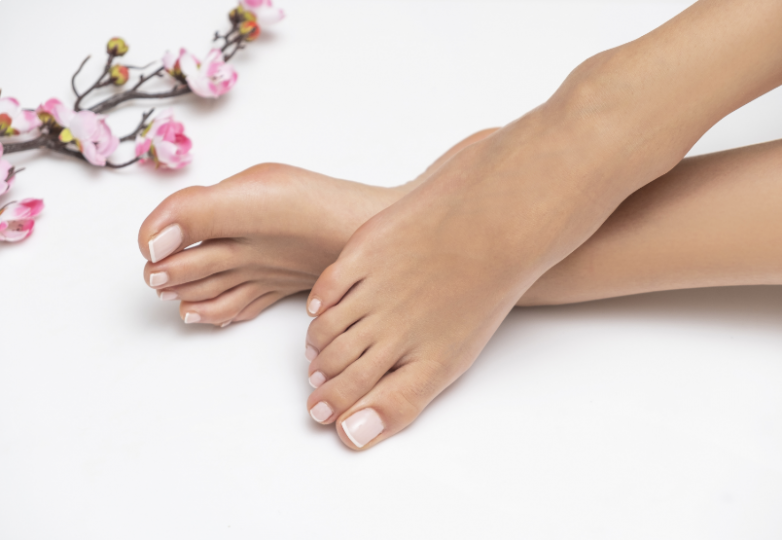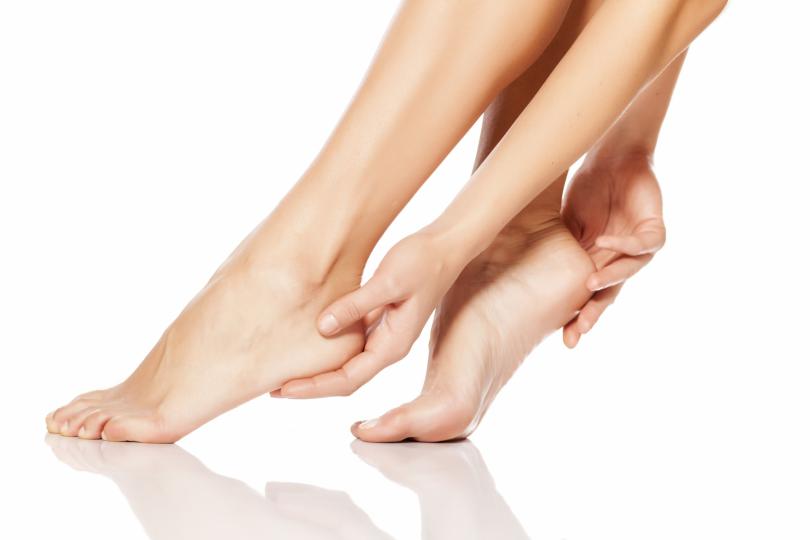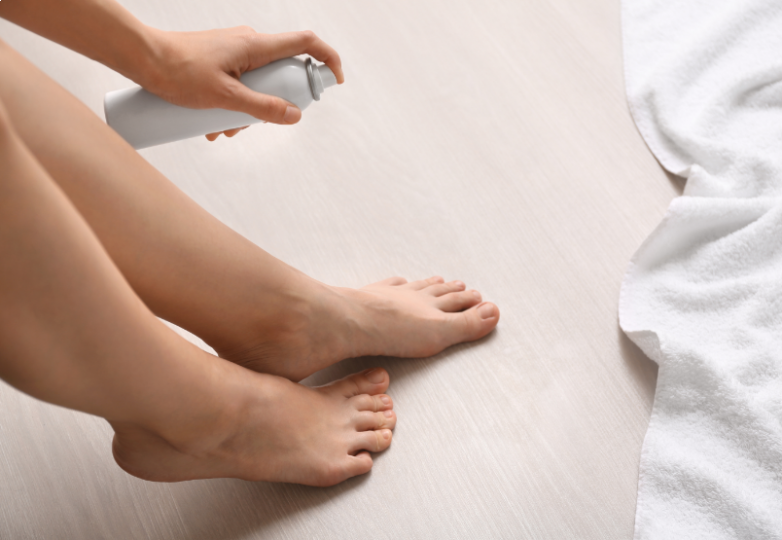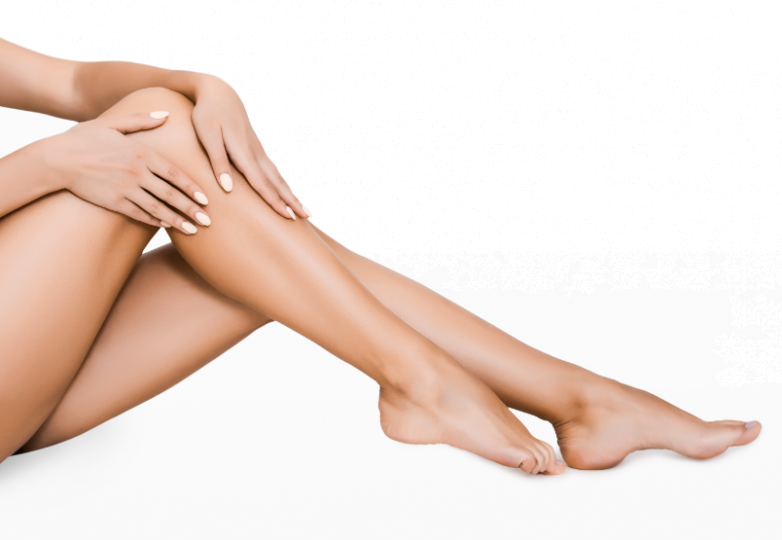Are dry and cracked heels a familiar sight for you? If the skin on your feet cracks and is ridden with hard-healing wounds, you can't ignore this. Cracking heels not only effectively discourage feet from exposing. Broken skin can be compared to an open door through which dangerous viruses and bacteria can enter your body. Don't underestimate an ailment that is painful and causes discomfort! Discover proven ways to help your heels regain their former smoothness and healthy appearance.
Causes of cracking heels - why are your heels cracking?
The first symptoms of this cosmetic and medical problem often appear long before you can see the first cracks on your feet. First, the heel skin becomes extremely dry and sensitive to any, even the most delicate touch. You can clearly feel that it becomes harder and thicker. It can also be seen with the naked eye that the skin changes its color, taking an unhealthy yellow-brown shade. If you ignore these first symptoms, your heels will start to crack. Flaky skin leads to painful open wounds that heal for a long time.
There are several main reasons for the formation of cracked heels. Most often, this type of foot skin problem occurs in people who do not care about the proper hydration of this part of the body. Chronically dehydrated and insufficiently oiled heel skin loses its ability to regenerate properly. The protective stratum corneum thickens and forms a rigid armor that exhibits very low resistance to mechanical damage. Heels become itchy, burst, hurt and sometimes even bleed. Cracks can also be the result of untreated corns. A factor increasing the risk of this ailment also includes errors in foot care and wearing the wrong footwear. Slippers, sandals or heels with an open heel do not provide sufficient support for the feet, and their prolonged use results in the formation of epidermal calluses.
Cracking heels and other diseases. Check if you are at risk
Troublesome cracks are closely related to some diseases. If you suffer from any of them, you should watch your feet closely. Maintaining a proper diet has a great influence on normal functioning of the skin and its beautiful appearance. Rough and cracked heel skin appears due to a shortage of vitamins and minerals, in particular vitamin A and iron. Often, people struggling with psoriasis and mycosis also suffer from heel problems. Genetics is also very important in this case. Some bone deformities make sensitive and demanding skin on your feet more exposed to mechanical damage. Advanced overweight, in turn, causes increased pressure on the lower limbs and results in thickening of the stratum corneum. Even the slightest breach of the continuity of the skin of the feet can be extremely dangerous to diabetics. Due to irregularities related to the functioning of the circulatory system, diabetics suffer from pain sensations. If the wound is not noticed early enough and treatment is not initiated, it can contribute to the very serious complication of diabetic foot syndrome.







_810x540.png)


